Warnemünde, Germany
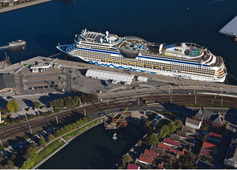
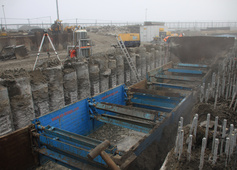
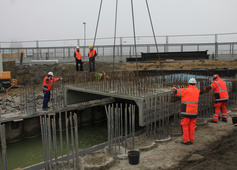
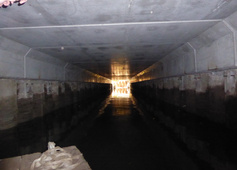
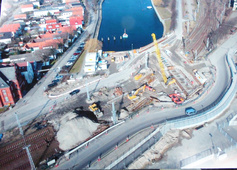
The renewal of this bridge is part of a complex construction project by DB AG on Warnemünde’s central pier which planned the renewal and transformation of Warnemünde terminal. The 115-year old arched bridge, founded on wooden piles, between Alte Strom canal and See-Canal was missing and replaced by a new structure between railway installations (3 tracks) south of station Warnemünde as well as federal road B103, directly connected on both sides, and the road Am Passagierkai; it was subsequently linked to the already completed sub-structure in the port area. The replacement structure is a single-span reinforced concrete frame founded on bored piles designed as combined road and railway bridge and built by semi-prefabricated method (no waterside formwork), erected by sections. The project had to be implemented and completed within one winter season, mostly while maintaining road traffic and minimal railway closures at the entry to station Warnemünde, to prepare it for the following cruise ship season.
Previously, for the construction period, a road traffic detour for road B103 was established via the port area as well as for pedestrians at the Stromgraben riverside including relocation and securing of third-party cables and pipes and railway equipment during construction. After restarting operation on the sub-structures road bridge Passagierkai and the railway bridge, the road bridge of B103 for the city of Rostock was renewed by the same method and expanded by new cyclist and pedestrian lanes as well as structure portals connecting to the river’s embankments. During renewal of road bridge B103, third-party cables and pipes were rearranged and placed in a final position.